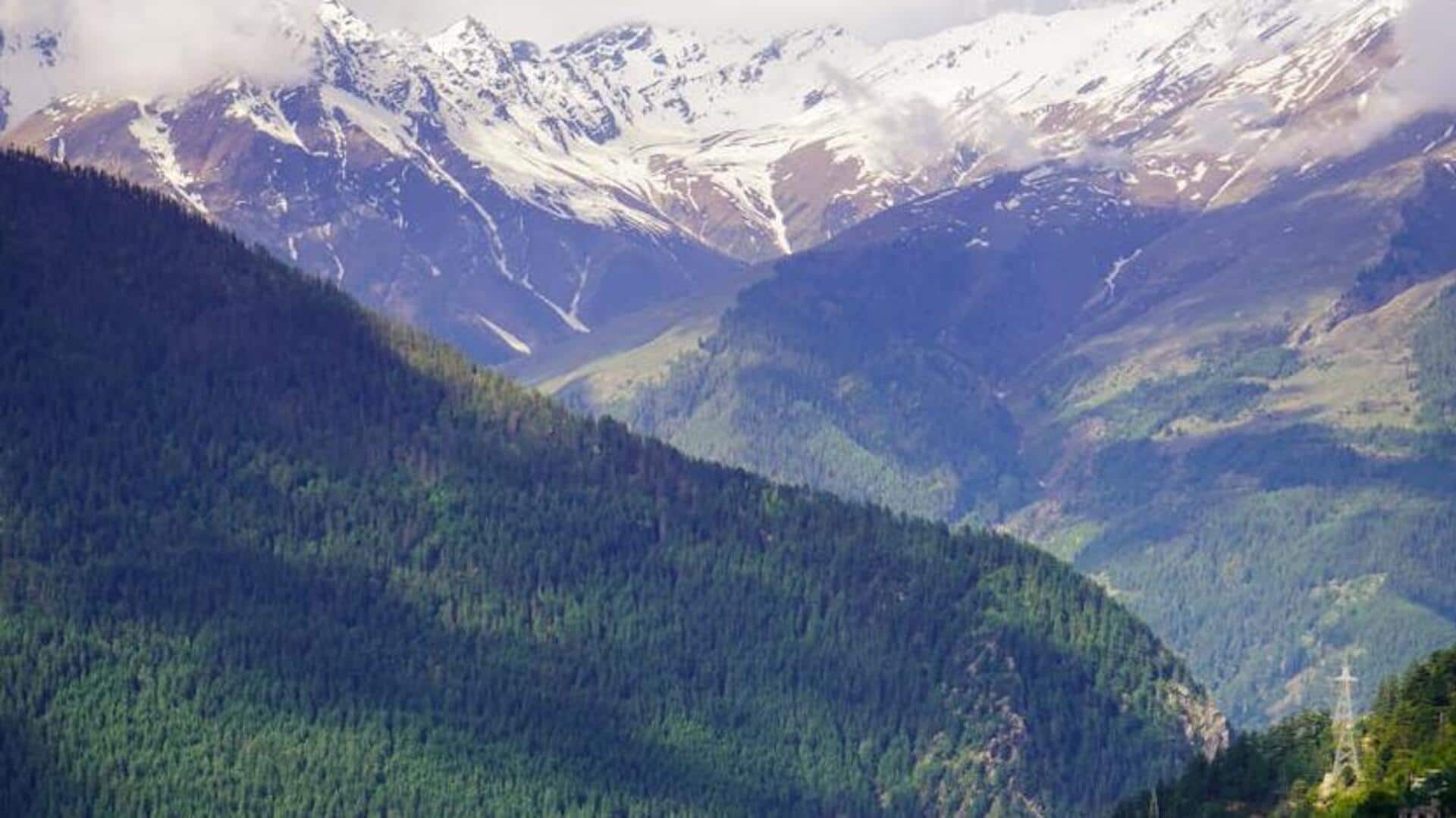
Things to do in Himachal Pradesh
What's the story
Nestled in northern India, Himachal Pradesh has all the elements of a perfect holiday- breathtaking landscapes and a rich culture. Known for its treks and traditional crafts, HP is dotted with lush green valleys and snow-capped peaks. Every corner is a storyteller, showcasing the heritage through its crafts. Hop on an interactive journey to discover these elements.
Parvati Valley
Trekking through Parvati Valley
Parvati Valley, one of the best trekking destinations in Himachal Pradesh, has something for everyone. Not only does it has beautiful trails, but it's also dotted with beautiful villages like Kasol, which serves as the base for numerous treks. The serene environment of this valley makes it the ideal place for adventure lovers as well as those looking for some peace.
Kullu shawls
Exploring Kullu shawls
Kullu shawls are famous all around the globe for their intricate designs and fine craftsmanship. These shawls, made from wool of local sheep, ensure warmth in the cold winters. Using traditional techniques passed from generations, artisans create these beautiful pieces. Each shawl comes with unique patterns inspired by nature and local folklore, making them not just garments but pieces of art that speak of the region's culture.
Spiti Valley
Trekking routes in Spiti Valley
Spiti Valley features some of the most difficult but beautiful trekking routes in Himachal Pradesh. Aptly called "Little Tibet," this region has stark landscapes of high-altitude deserts bordered by towering mountains. Trekkers can also explore ancient monasteries on the way and enjoy stunning views at every turn. Far from civilization, Spiti gives you a chance to unplug and dive deep into nature's lap.
Kangra paintings
Discovering Kangra paintings
Another important part of HP's artistic heritage are the Kangra paintings, famous for their delicate brushwork. They illustrate scenes of mythology or day-to-day events like festivals or rituals. These events have been celebrated in communities for generations, past till the modern day. The paintings use natural colors from minerals, plants, and flowers, so that they don't fade away with time. This preserves history, culture, and traditions forevermore.